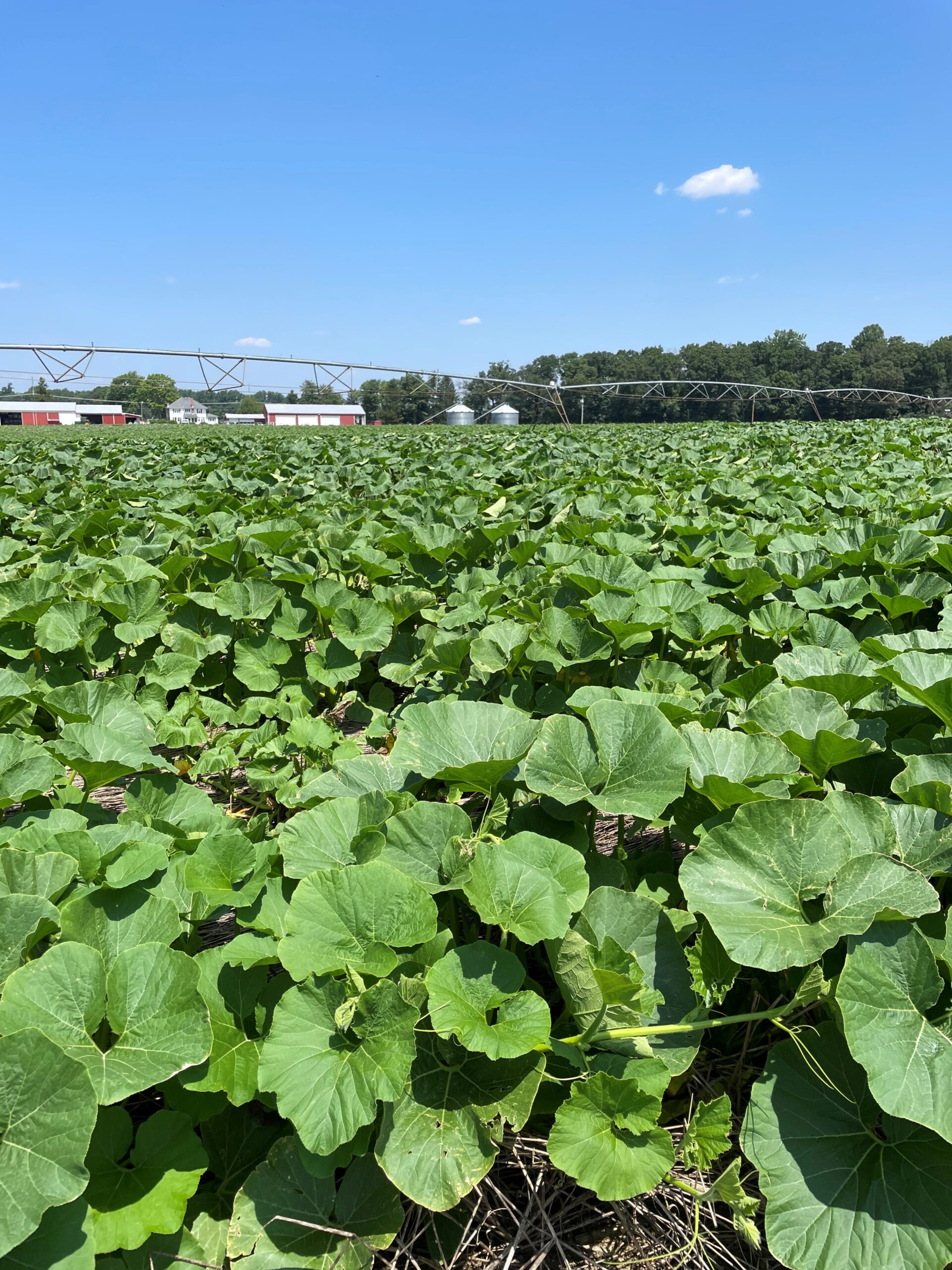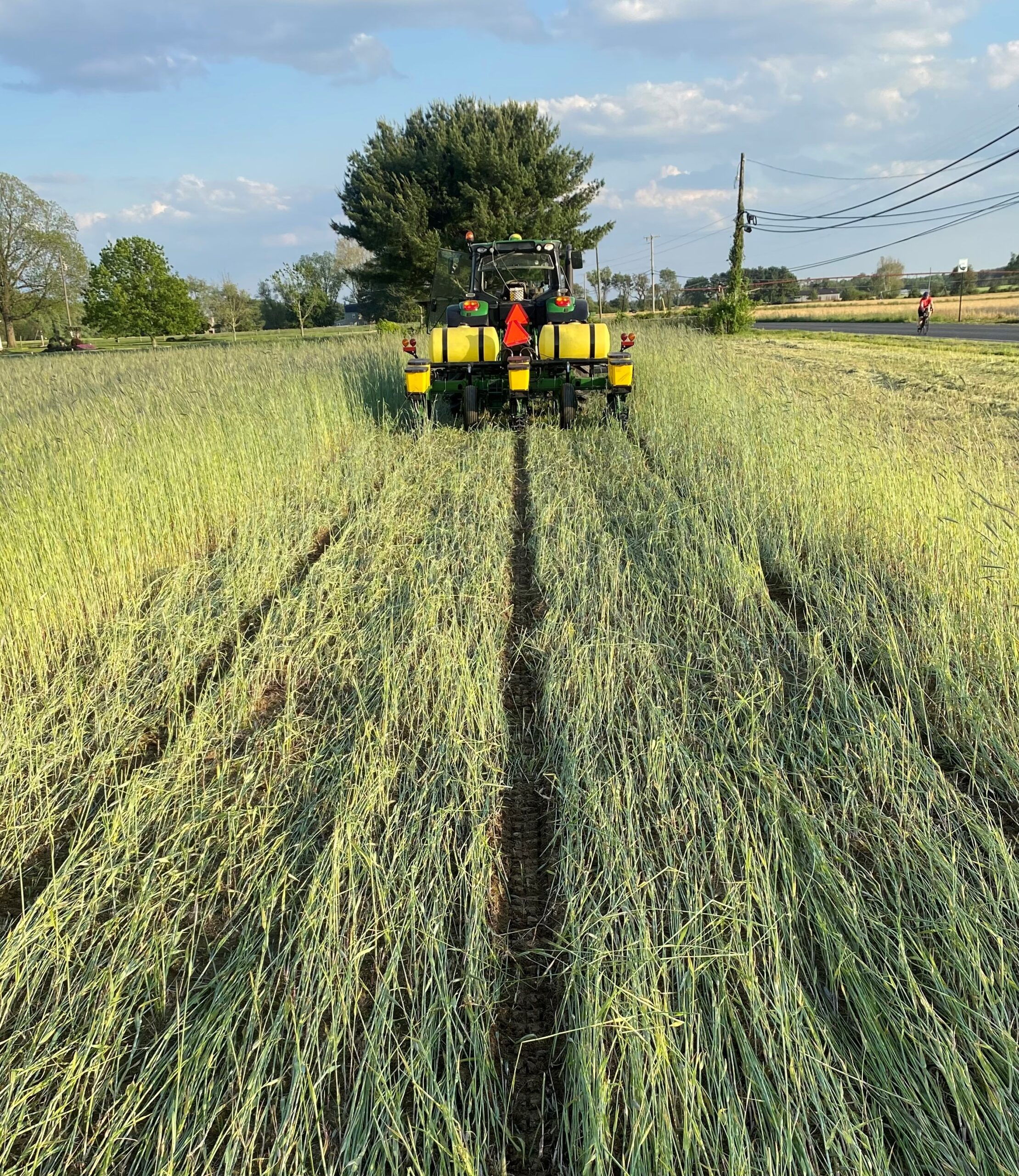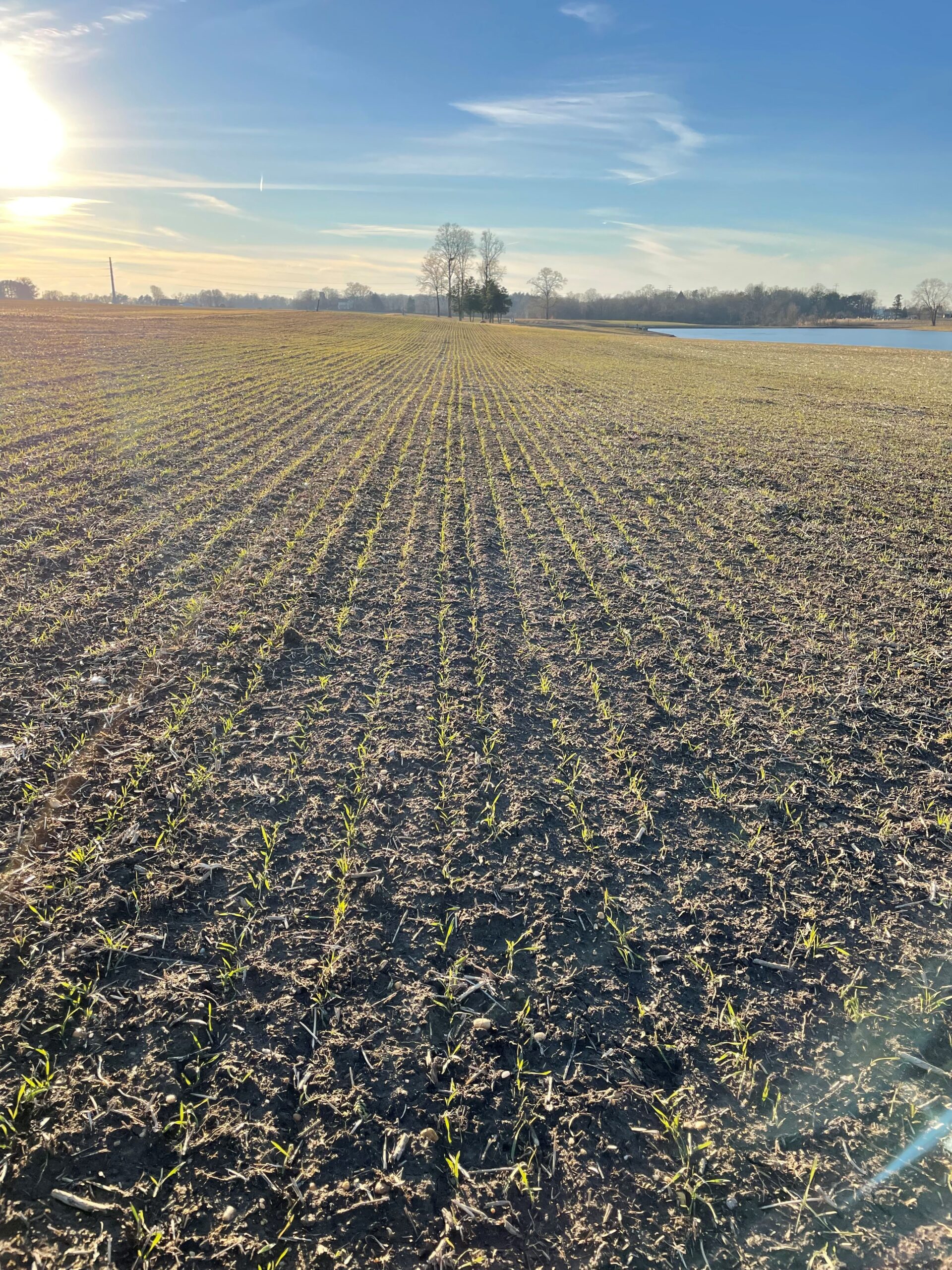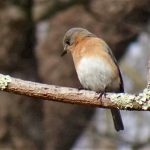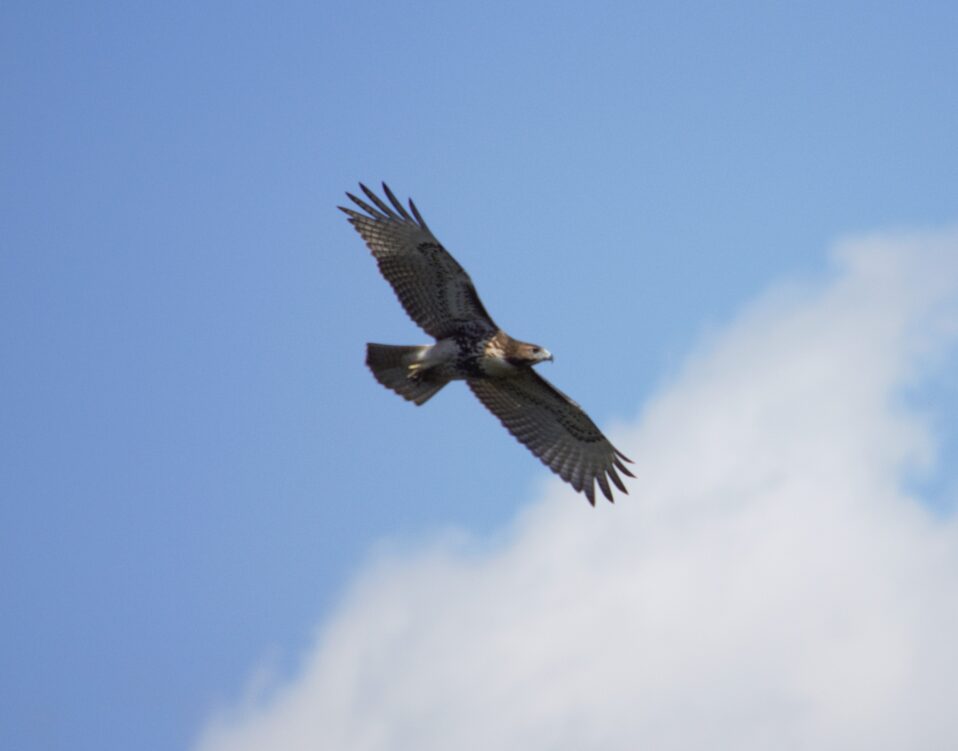Agriculture and Conservation: How New Jersey Audubon and Cassaday Farms are Working to Create the Best of Both Worlds
By: Alyssa Bright, NJA Agriculture Stewardship Technician
Farmers across the Garden State are gearing up for another busy season this spring and summer. It is almost time to enjoy delicious sweet corn, tomatoes, blueberries, and asparagus, just to name a few of the crops New Jersey is known for! Now you may be wondering, why is New Jersey known for such a variety of crops? How is a state so small, with annually decreasing amounts of farmable land, able to sustain such high agricultural production and quality? The answer is: conservation.
Farmers are arguably the most important stewards of the land. They care for their soil like no other, tending to its every need, ensuring appropriate nutrient levels are present, tracking watering requirements, and giving soil a rest when it needs a break from production. It is the livelihood of farmers to not only maintain productive soils that provide food for their community, but also to create resilient soils that can withstand the agricultural challenges brought forth by a changing climate and an increasing food demand. How do farmers take on such an important task? More farmers throughout New Jersey and across the nation are adopting agricultural conservation practices that build, protect, and improve soil health and water quality, benefiting the environment and wildlife alike.
Adopting new conservation practices can be a daunting task for a farmer who has been managing their land the same way for decades. New Jersey Audubon is a conservation organization that recognizes a host of natural resource needs in the state, including the importance of conservation in agriculture. New Jersey Audubon has developed an assistance program to help farmers by offsetting the cost and risk associated with adopting those new practices.
New Jersey Audubon’s program is called the Healthy Land and Waters Grant (HLWG), funded by the William Penn Foundation, the National Fish and Wildlife Foundation, and New Jersey Department of Environmental Protection’s water quality restoration grants. The Healthy Land and Waters Grant provides technical assistance to farmers to address soil health, water quality, and wildlife habitat on their working lands. Participants often have an interest in implementing conservation practices such as no-till planting, cover cropping, enhancement of wildlife habitat, and many other restorative practices. Financial assistance is available to those whose land is within defined focal areas based on watersheds of highest conservation importance.
Cody Cassaday of Cassaday Farms and Coastal Orchards is a farmer in Salem County, New Jersey who has partnered with New Jersey Audubon’s Healthy Land and Waters Grant to plant cover crops, utilize no-till planting for cash crops, and create wildlife habitat on his working vegetable fields.
Cover crops are an important conservation practice that benefits the soil. Cover crops can be planted anytime cash crops are not in production, allowing the soil a chance to replenish before the next crop year. Cover crops create biomass, increase organic matter, and add nutrients, they also provide a living root to feed hungry soil microorganisms, and cover the soil throughout the year to protect against erosion, break pest and disease cycles, and so much more! This year, Cody planted rye and tillage radish as his cover crop. Rye is a grass, excellent for creating a thick mat of biomass for erosion protection, and tillage radish produces a deep tap root that is excellent for breaking up soil compaction. The funds Cody received through the Healthy Land and Waters Grant helped him pay for the seed.
No-till planting is a form of conservation tillage that minimizes soil disturbance. As opposed to a plow which completely inverts the soil, no-till planters are equipped to cut right through cover crop residues and open the soil just enough for the proper seeding depth of the species being planted. Once the seed is dropped in, a closing wheel covers the seed with soil and presses down for good seed to soil contact. Plant residue is left intact on the soil surface to serve as a mulch for moisture retention and weed suppression throughout the growing season. Typically, no-till planting is used with field crops like corn and soybeans, but Cody has used this grant funding to upgrade his no-till planter to accommodate squash seed. This innovation expands the range of crops he can plant without tillage, therefore, reducing erosion and carbon emissions.
Wildlife habitat can be enhanced on working lands to benefit grassland birds, waterfowl, pollinators, and many other species of fish and wildlife. Recognizing odd areas of the farm, or areas that need to rest in perennial cover can present several opportunities for habitat establishment with relatively low inputs. Planting native grasses or wildflowers is especially important for agriculture, as these plantings not only provide resources to wildlife, they also rebuild the soil and protect waterways from excess nutrient runoff, stabilize banks, and keep a living root in the soil year-round. Cody is planning an herbaceous riparian buffer; a border of grasses and other herbaceous plants around the headwaters of the Salem River, which runs through the farm. This dense planting of permanent vegetation will filter nutrients and sediment from surface runoff, and benefit waterfowl species with food and cover throughout the year, while protecting water quality for all downstream Salem River users.
Cody has also partnered with the United States Department of Agriculture’s Natural Resources Conservation Service (NRCS) for technical and financial assistance for these practices and others through the Environmental Quality Incentives Program. New Jersey Audubon partners with NRCS closely to ensure federal standards are being met for project implementation.
If you are interested in New Jersey Audubon’s Healthy Land and Waters Grant, you can find an application on our stewardship website at or at your local USDA service center. If you would like to help New Jersey Audubon’s conservation efforts, you can make a one-time tax-deductible donation, become a member, or sign up to volunteer! More information on these options can be found on our homepage at https://njaudubon.org.
If you are interested in technical and financial assistance through NRCS, you can visit your local service center online. Or check out New Jersey NRCS’ webpage at NRCS
To learn more about what New Jersey Audubon and farmers like Cody Cassaday are doing in the agriculture conservation realm, check out our radio interview created in partnership with radio station Positive POP FM, South Jersey Water Savers, New Jersey Audubon, and Cody Cassaday at POP FM





